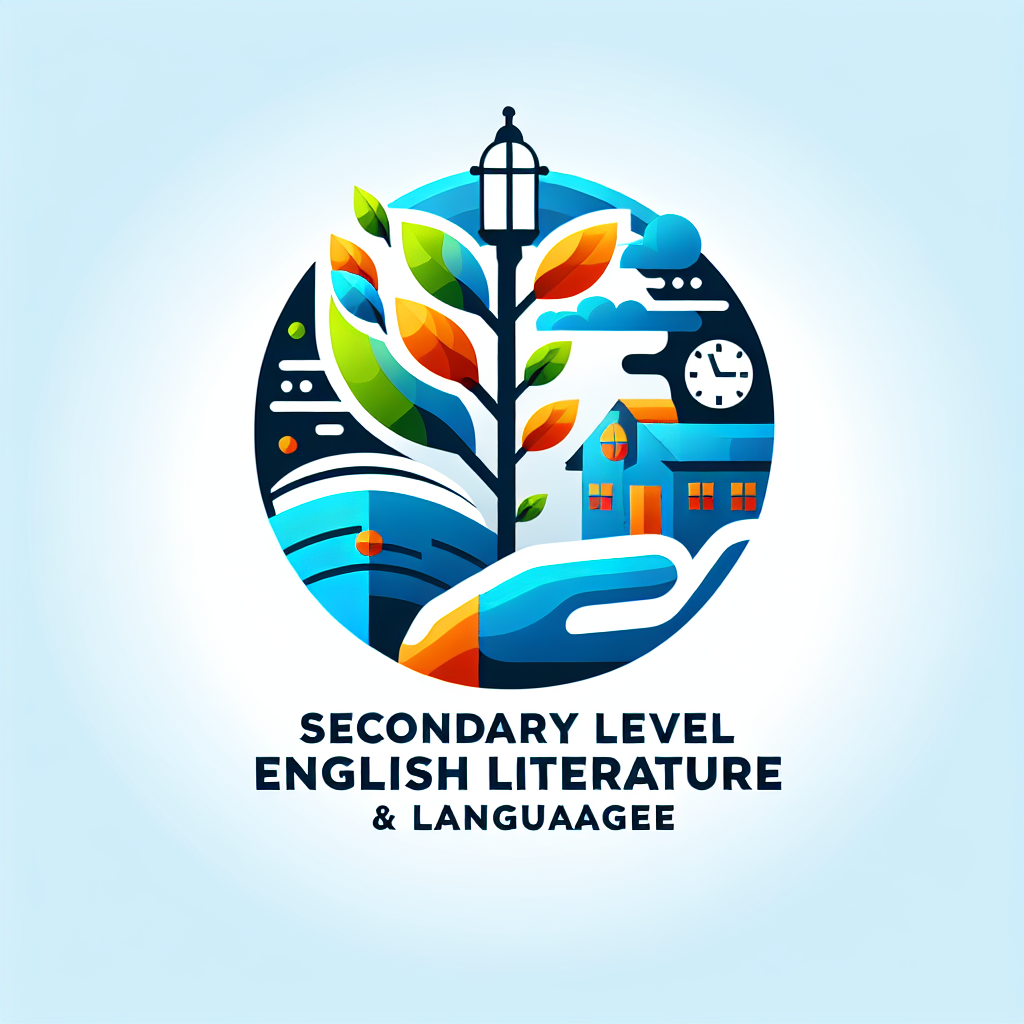Julie Tagg| Think and Write for CSEC English A and B
This blog post aims to provide a comprehensive guide for individuals looking to enhance their narrative writing skills. We explore different techniques and strategies that can help writers create engaging and captivating narratives.
What is Narrative Writing
Narrative writing is a form of literary expression that seeks to tell a story. It can take the form of fiction or non-fiction, or a combination of both.
Examples of Narrative Writing
Examples of narrative writing include semi-autobiographical stories, historical fiction, and dramatized retellings of actual events. Narrative writing is characterized by its adherence to a narrative structure, which serves to convey the story in a logical and engaging manner.
Types of Narrative Writing
There are several types of narrative writing, each with its own set of characteristics and applications.
Linear narrative is a common type of narrative structure that follows a chronological sequence of events. It is used in a variety of media, such as books, movies, and television shows.
Quest narrative is a specific type of linear narrative that focuses on a character’s journey towards a goal. The protagonist in a quest narrative often faces obstacles that must be overcome to achieve their objective.
Historical narrative, another type of linear narrative, chronicles the events of an actual historical event or series of events.
Nonlinear narrative, on the other hand, presents events in a non-chronological order, allowing the writer to emphasize character emotions and perspectives on the events in the story. Viewpoint narrative focuses on the narrator’s perspective of the story’s events, making it more character-driven than plot-driven.
Descriptive narrative, on the other hand, immerses the reader in the story’s world by describing the setting, characters, and objects in vivid detail.
Characteristics of narrative writing
Narrative writing is characterized by its use of descriptive language, characters, plot, and narrative structure.
Descriptive language is used to evoke feelings and emotions in the reader, and includes techniques such as metaphors, similes, personification, and onomatopoeia.
Characters include the protagonist, who is the main character whose story is being told, and the antagonist, who is the character or force that opposes the protagonist.
Plot refers to the series of events that happen in the story.
Narrative structure refers to the way in which the story is organized.
What does effective Narrative writing require?
Effective narrative writing requires careful attention to detail and a thorough understanding of the narrative structure. Writers must craft well-developed characters with clear motivations and personalities, and a plot that is both engaging and well-structured. The narrative should have a clear beginning, middle, and end, with the beginning serving to hook the reader’s attention, the middle providing the action and conflict, and the end providing a satisfying resolution to the story.
In summary, narrative writing is a powerful and engaging literary form that allows writers to convey stories in a creative and engaging way. By using descriptive language, well-crafted characters, and a well-structured plot, writers can create stories that resonate with readers and leave a lasting impression.


Leave a comment